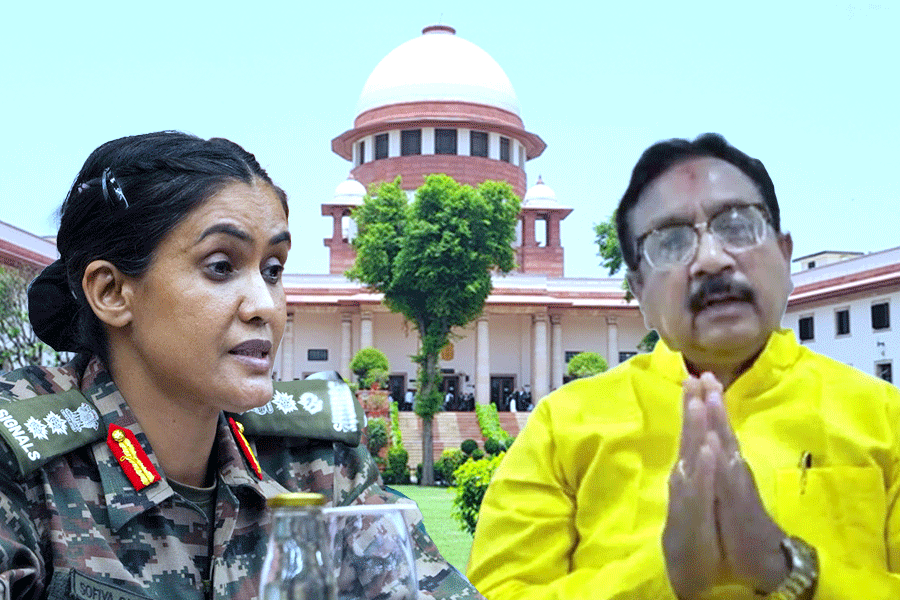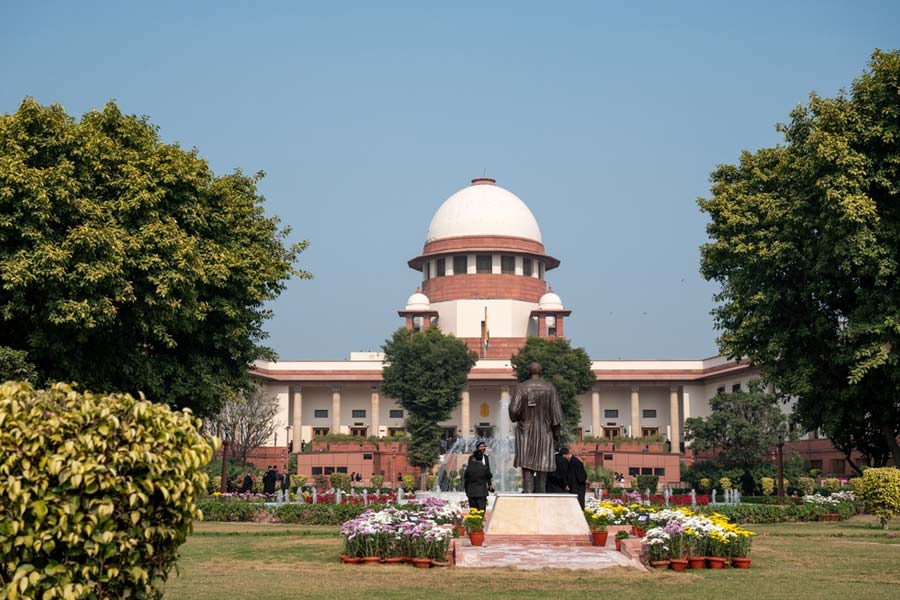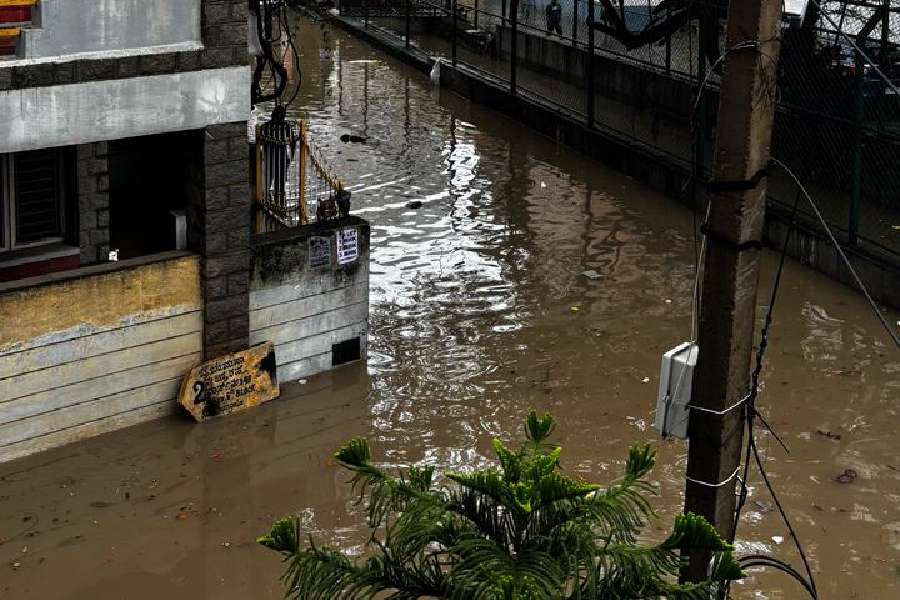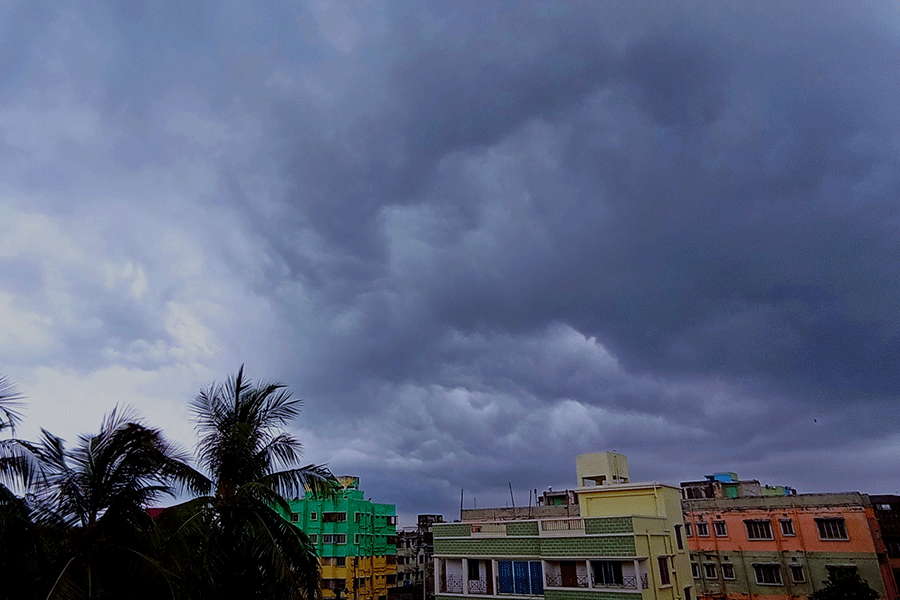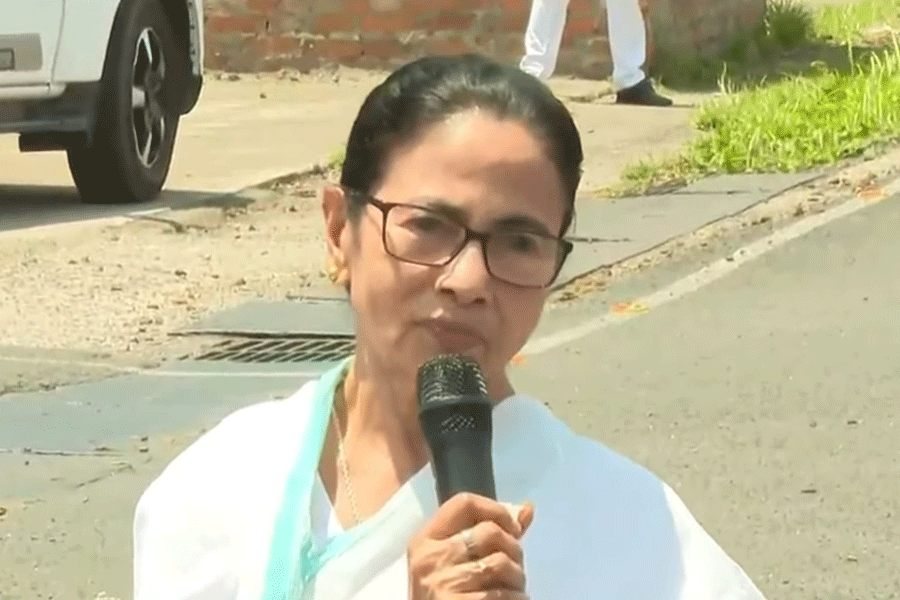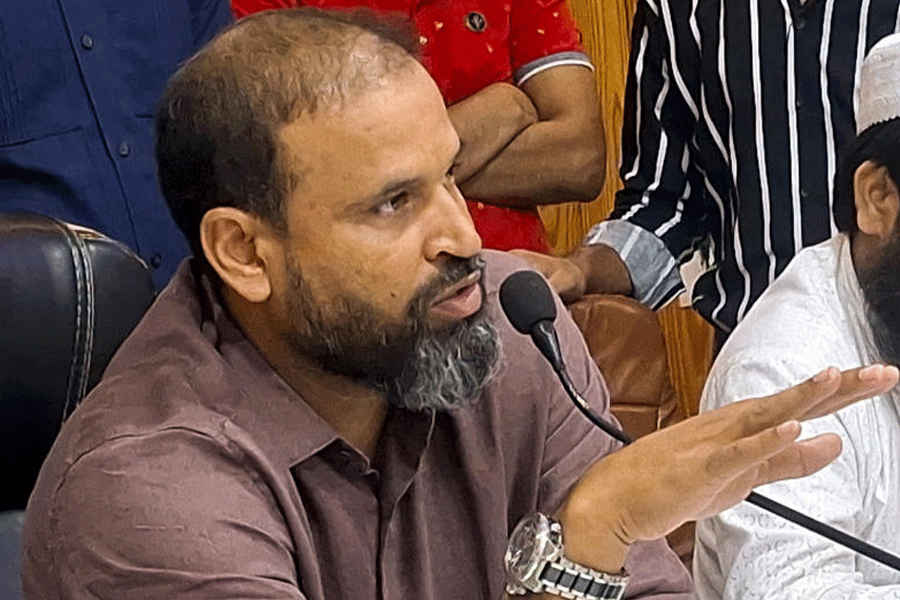 |
| People of Belchi play a game of cards on a courtyard. Picture by Nalin Verma |
The Jayaprakash Narayan-led “total revolution” created a tornado against the Congress decimating Indira Gandhi and driving her out of power for the first time in 1977. Her party lost all the 54 Lok Sabha seats in Bihar to the Janata Party and its allies, forcing her to pass on the baton at the Centre to Morarji Desi.
 |
Bihar then had played a phenomenal role in unseating the Congress from power for the first time in its post-Independence history. Interestingly, a small and then inaccessible village Belchi — barely 90km southeast of Patna and 16km from Kalyanbigha, chief minister Nitish Kumar’s ancestral village in Nalanda district — played a key role in scripting Indira’s comeback in 1980.
The village, now under the Munger Lok Sabha constituency, had witnessed the killing of 12 Dalit farm workers at the hands of the landowning Kurmis (Nitish’s caste men) in the first ever caste war in central Bihar. The village was surrounded with monsoon water — full with hyacinths, shrubs and bushes. No transport other than elephants could have taken one to the village, 13km from Harnaut on the Ranchi-Bakhtiyarpur highway.
Living up to her fiercely fighting image, Jawaharlal Nehru’s heir rode the elephant at Harnaut amid the massacre-torn and marooned villagers, hands folded and ghunghat covering her forehead. The villagers recalled: “Aadhi roti khayeigein, Indira ko bulaingein (We will live on half rotis but we will bring Indira back).”
Indira’s act of unparallel chivalry with this inaccessible village then in August 1977, only within three months of losing power, paid off. The next election — mid-term polls in 1980 — brought her back to power with the Congress winning 30 of united Bihar’s 54 Lok Sabha seats.
Belchi, a village in the Barh Assembly segment of Patna district, played its role decisively in her comeback. The village was then part of the Barh Lok Sabha constituency which in 1980 elections got the Congress’s old war horse Dharam Bir Sinha trouncing Shyam Sunder Gupta who had snatched the seat from the Congress in 1977. History had repeated itself here and continued to repeat till the present chief minister, Nitish, snatched the Barh seat from the Congress in 1989 and subsequently converted it into his pocket borough.
Belchi is now part of the Munger Lok Sabha constituency, which the JD(U)’s Lallan Singh had won in 2009 and is locked in a triangular contest with the LJP-BJP’s nominee, Veena Devi, wife of “don” Surajbhan, and RJD-Congress’s Pragati Mehta. But Indira had an endearing image in the village. “Unkar naak bari chokh rahe, haath jodale rahli, humlog dekhte ro diye thay (Indira’s nose was very sharp. She had her hands folded. We broke into wail to see her),” recalled Laxmi Devi (70), who was still young and energetic 37 years ago. “Hum log bolni ke haathi par se mat utrin, pair paank mein phans jai. Wo baat man li (We suggested her not to get down from the elephant’s back for she would have her feet trapped in mud..she abided by us)” reminisced Dulari Devi (65), who had one child tucked in her lap then and three sons — all grown-up — now.
Ironically, the villagers who scripted the saga of Indira’s comeback are not aware of her grandson, Rahul, who is locked, apparently, in a situation against Narendra Modi only to be compared with the 1977 ballot battle between Indira and JP. “Kawan Rahul. Unkar naam naikhi sunale (Who is Rahul? We have not heard his name),” said Sona Devi (70), who was more interested in recalling the tale of Indira.
To Rahul’s chagrin, the villagers do talk about Modi. “Unkar naam ta sunala. Naya pradhan mantri hauan (We have heard his name. He is the new Prime Minister),” said Anita Devi (32), a post-Indira generation villager who was not born when Indira had visited her village.
However, it is not that Modi is on his way to sweep through this part of the land the way JP-led Janata Party did in 1977. “Modi ka naam bhi charcha mein hai. Lekin ladai mein yahan Nitish aur Lalu bhi hai (Modi’s name is doing the rounds. But Nitish and Lalu are very much in the race),” said Brajkishore Prasad (61), a Kurmi, and relatively enlightened villager who sounded critical about Nitish but not in a mood to disown his caste icon. “Khoon ka rishta hai Nitish ke saath (We have a blood relationship with Nitish),” Brajkishore.
A road, an ordinary and ill-maintained but still motorable, now connects Belchi with Harnaut. The nearly 400-house village, populated mostly by the Dalits and also Kurmis and Yadavs, the intermediary castes, has a block office, school, primary health centre and electricity now. It has played a big role in the making of Bihar’s history in particular and India’s history in general.
The village, which scripted the saga of Indira’s comeback, responded resoundingly to the VP Singh-led Janata Dal wave with his party candidate Nitish pocketing the Barh seat in 1989 and winning it till 2004 when Lalu-led RJD’s Vijay Krishna had snatched it from him. Later, Belchi became part of Munger, which the JD(U) nominee, Lallan Singh, won in 2009.
The village also played a key role in making what Lalu emerged in 1990s and what Nitish is today. It voted for the RJD ensuring successive wins for the RJD candidates from Barh Assembly segment in which it falls, throughout 1990s. Now, the Barh has Gyanendra Singh Gyanu as its MLA on Nitish’s JD(U)’s ticket for the last two consecutive terms. “Yah aitihasik gaon hai. Desh me sarkar usi ka banega jisko es gaon ka log vote dega (It is a historical village. The party will have its government which gets votes in the village),” said Nageshwar Yadav (60), an elderly Yadav.
Munger votes on April 17


